Editors Note: The question we need to ask. What is the Constitutional limits of the military. After reading Thomas P.M. Barnett and listening to his lectures on YouTube, one can see how the Neo-Cons (Tyrants Are Wolves In Sheeps Clothing), which are liberals and RINOs. They have hijacked the United States military from its Constitutional objectives to serving the government-corporate partnerships agenda.
“The Pentagon’s New Map: War and Peace in the Twenty-First Century” by Thomas P.M. Barnett outlines a strategic vision for U.S. military and foreign policy in the post-9/11 world.

Here’s a summary of the key topics covered in the book:
1. The Core vs. The Gap:
- Core: Barnett divides the world into two parts: the “Functioning Core,” which includes stable, economically integrated regions (e.g., North America, Europe, parts of Asia).
- Gap: The “Non-Integrating Gap” consists of regions disconnected from global trade and economic systems, such as much of Africa, the Middle East, and parts of South Asia.
2. Globalization as a Security Framework:
- Integration: Barnett argues that the primary goal of U.S. foreign policy should be to integrate the Gap into the Core by promoting economic, political, and security stability.
- Disconnectedness: He identifies disconnectedness as the root cause of global instability and terrorism, suggesting that integrating these regions into the global system will reduce threats.
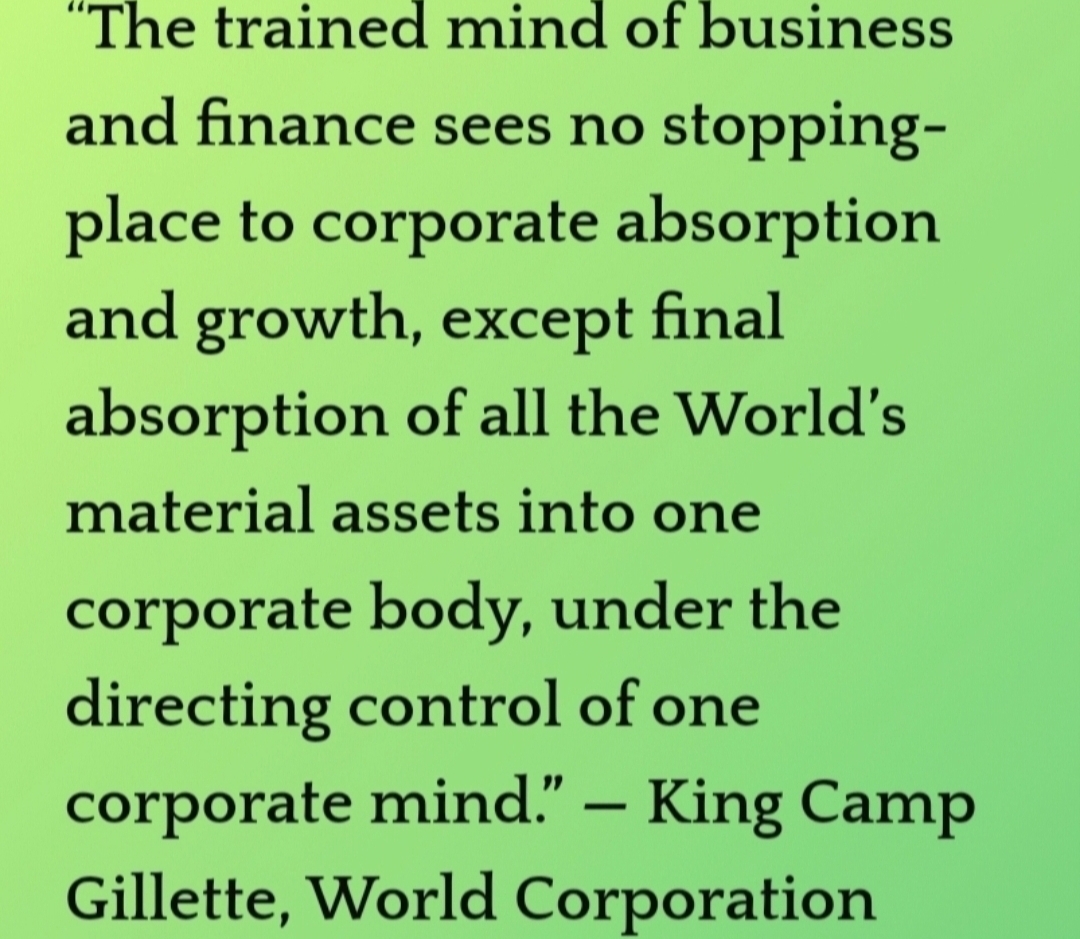
3. The Role of the U.S. Military:
- Leviathan Force: Barnett introduces the concept of a “Leviathan” military force capable of overwhelming power projection to defeat conventional threats.
- System Administrators: Alongside this, he advocates for “System Administrators,” a force designed to stabilize and rebuild societies after conflicts, focusing on peacekeeping, nation-building, and fostering economic connections.
4. Strategic Realignment:
- Preemptive Strategy: The book promotes a proactive, preemptive strategy, where the U.S. would act to stabilize regions before they pose direct threats, which contrasts with traditional reactive strategies.
- Permanent Engagement: Barnett suggests that the U.S. must maintain a constant presence and engagement in the Gap regions to prevent instability and address emerging threats.
5. Economic Connectivity and Security:
- Infrastructure and Development: Emphasizes the importance of building infrastructure, fostering trade, and developing local economies as critical components of security strategy.

- Role of Private Sector: Highlights the need for collaboration between the public and private sectors in integrating the Gap, suggesting that economic initiatives are as vital as military ones.
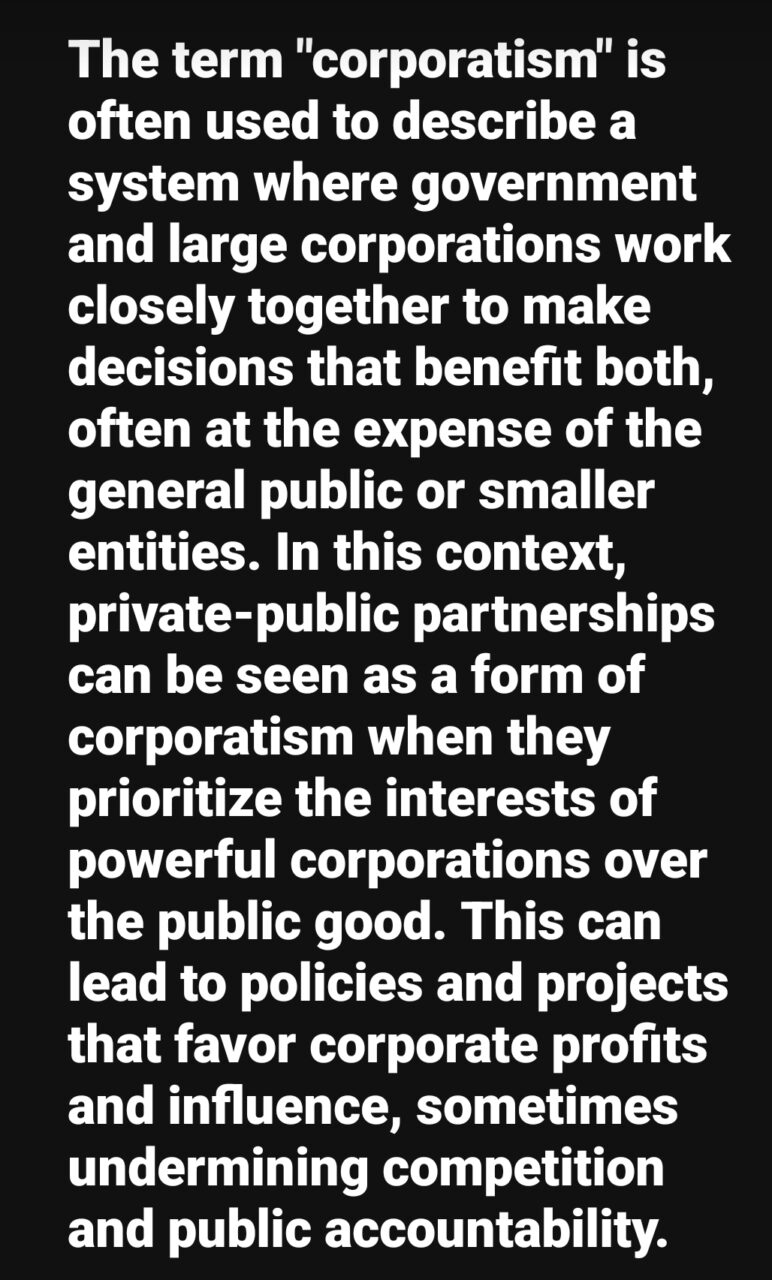
6. Critique of Isolationism:
- Global Leadership: Barnett argues against isolationism and stresses that the U.S. must lead global efforts to connect the Gap to the Core, believing that global security and U.S. national security are deeply intertwined.
7. Challenges and Criticisms:
- Potential Overreach: Barnett’s approach is not without criticism, with concerns about overreach, the risks of interventionism, and the potential backlash from attempting to impose external values and systems on diverse cultures.
8. Future Vision:
- Long-Term Engagement: The book concludes with a vision for sustained, long-term engagement by the U.S. and its allies to achieve global stability, stressing the importance of adaptability in strategy and continuous reassessment of global conditions.
Barnett’s book presents a comprehensive and ambitious blueprint for U.S. foreign policy in the 21st century, advocating for a global strategy that integrates disconnected regions into the global economy to ensure long-term security and stability. His ideas challenge traditional military and diplomatic approaches, proposing a mix of hard and soft power to reshape the global order.
Thomas P.M. Barnett advocated our military going from firemen to the world’s policeman as the new ideology of of security for Globalization and the New World Order.
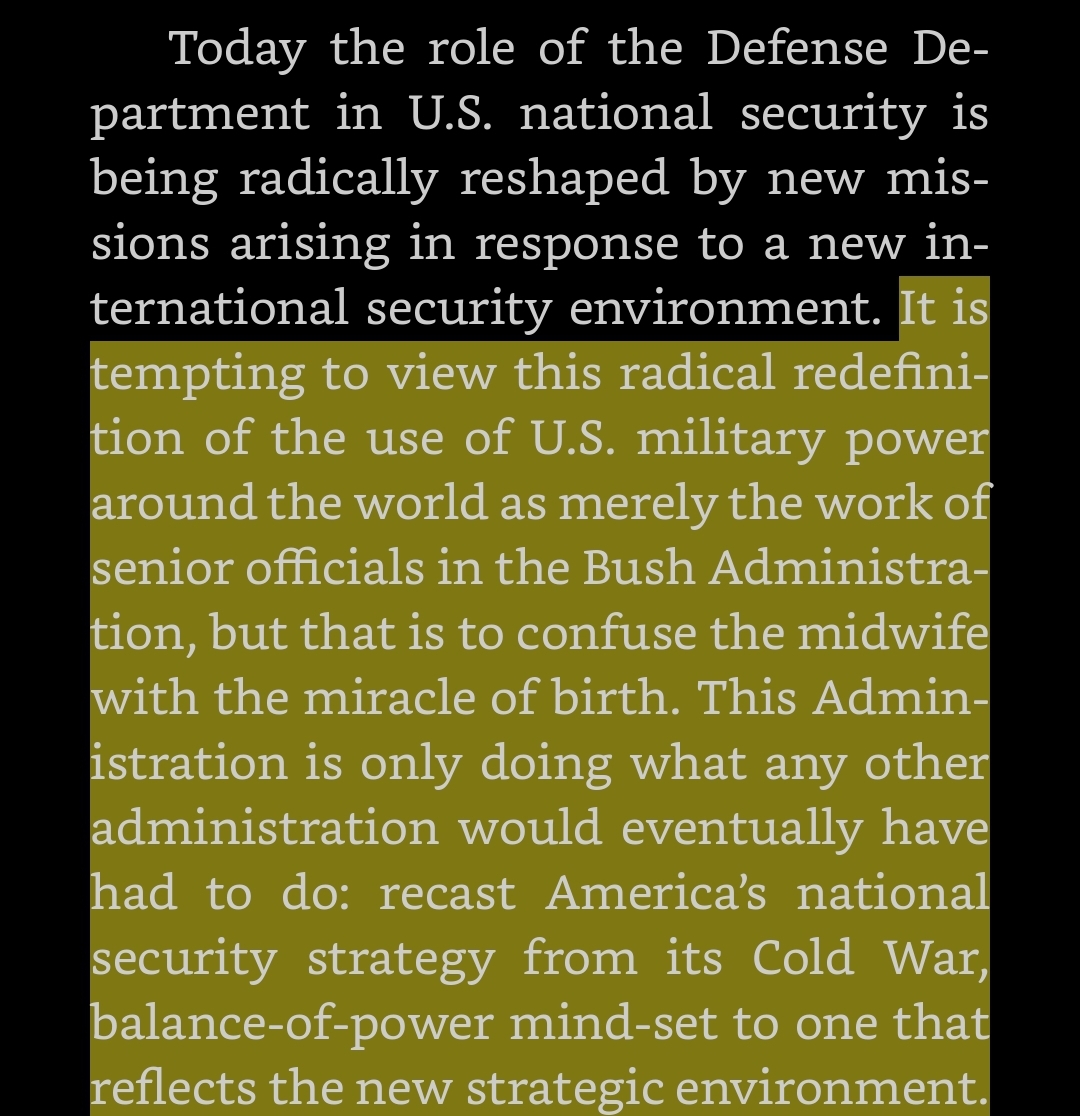
It was a matter of time according to Barnett, if it wasn’ Bush it would be someone else to the change the doctrine and new rule set for the military to bring forth globalization.

It was 9/11, a Hegelian dialect that pushed this new doctrine.
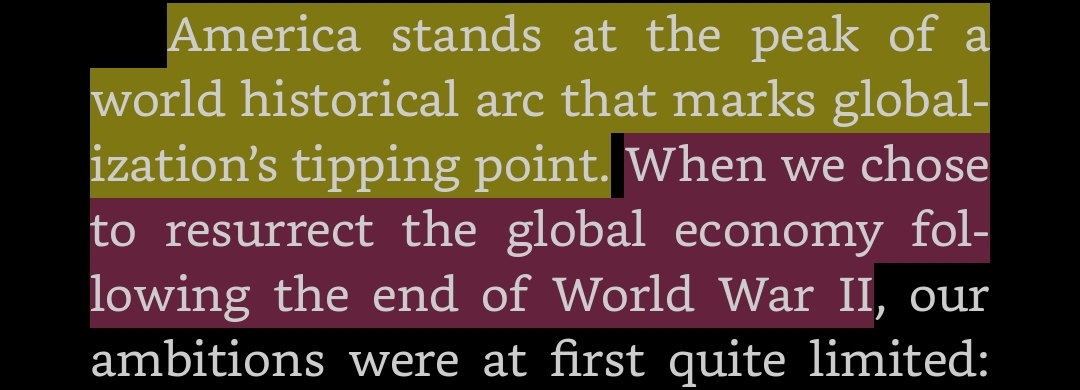
It was 9/11 that resurrected the global economy that needed a resurgence after World War II.
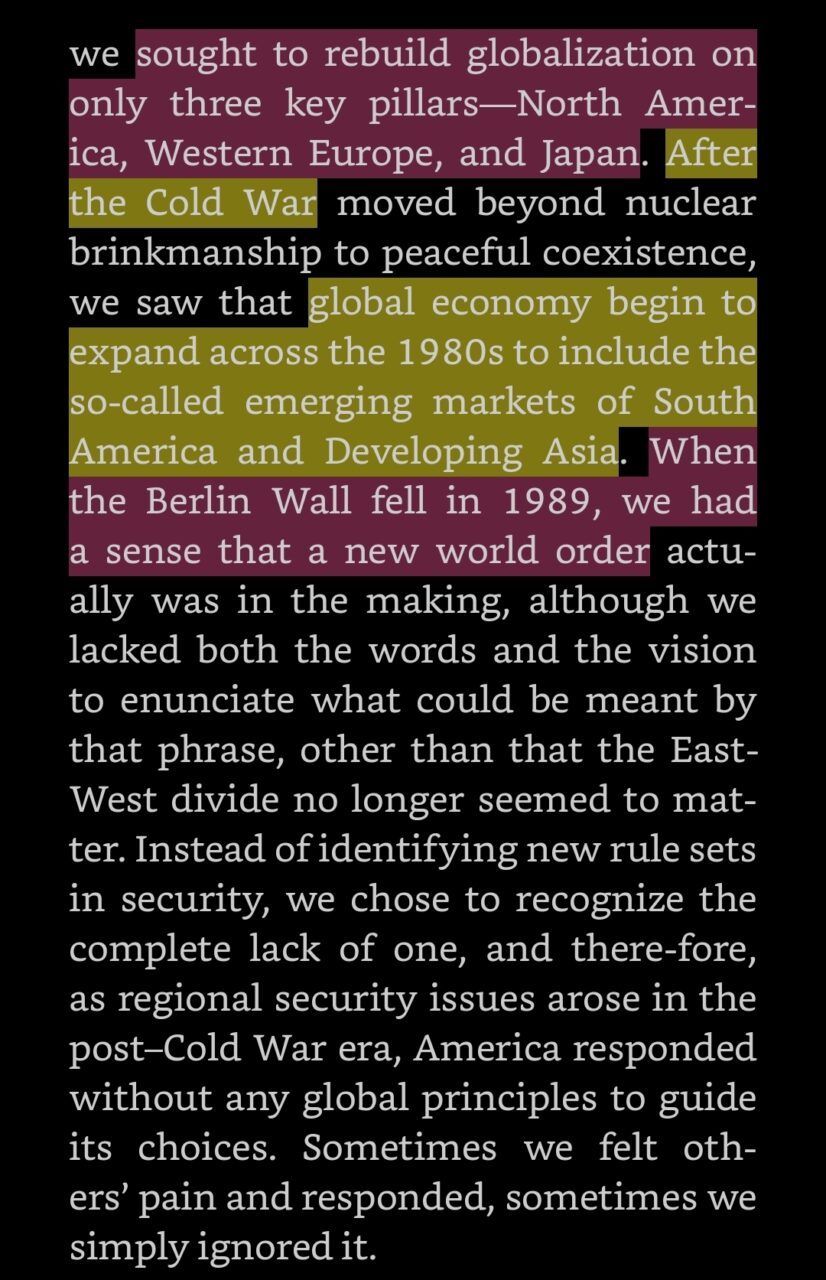
It was stages, geographical areas, and time that continued to broaden the scope of globalization.
In essence, the US military was hijacked by the New World Order and globalization agenda to the bidding of Globalists.
- World War 3 Isn’t What You Think; It is the Globalists vs the Rest of Us
- The Global Financiers Agenda to Gradually Takeover Government and Industry: The World
- How The National Security Apparatus Brainwashes Americans To Its Deep State (Military-Industrial Complex) Agenda
- President Dwight D. Eisenhower and the Science, Educational and Military Industrial Complex
- Why Americans need to know about 5th Generational Warfare

“Blueprint for Action: A Future Worth Creating” by Thomas P.M. Barnett is a follow-up to his earlier work, The Pentagon’s New Map. In this book, Barnett expands on his vision for U.S. foreign policy and global strategy in the 21st century.
Key Topics and Summary:
- System-Level Strategy:
- Barnett continues to advocate for a system-wide approach to U.S. global strategy, emphasizing the need to integrate disconnected regions into the global economy.
- Practical Implementation:
- He offers practical steps for how the U.S. can build a more stable world by expanding the Core and shrinking the Gap, focusing on economic development, security cooperation, and nation-building.
- Five Flows of Globalization:
- Barnett identifies five key flows essential for globalization—people, energy, money, security, and information—and discusses how managing these flows can promote global stability.
- Role of the U.S. Military:
- The book further details the dual role of the U.S. military as both a force for conventional warfare (Leviathan) and as a peacekeeping and nation-building force (System Administrator).
- Grand Strategy:
- Barnett outlines a grand strategy that combines military, economic, and diplomatic efforts to create a global order that is both stable and just.
- Criticism of Isolationism:
- He criticizes isolationist tendencies and argues for continued U.S. engagement and leadership in global affairs.
- Future Predictions:
- The book provides predictions and scenarios for future global conflicts and how the U.S. can navigate them.
Barnett’s Blueprint for Action is a detailed and ambitious guide for policymakers, advocating for a proactive and integrated approach to U.S. global strategy that seeks to promote global stability through economic, military, and diplomatic means. It builds on the ideas presented in The Pentagon’s New Map and offers a concrete plan for implementing his vision of a connected and stable world.

“Great Powers: America and the World After Bush” by Thomas P.M. Barnett is a strategic analysis of the U.S.’s role in global affairs following the George W. Bush presidency.
- War Is A Racket: All Wars Are Bankers Wars
- The Grand Chessboard: American Primacy and Its Geostrategic Imperatives
- Deconstruction and Deprogramming of 9/11 and the Continual Social Engineered Narrative
- The War Conspiracy: JFK, 9/11, and the Deep Politics of War
- The Facade of the Neocons: Left, Pushed the Republican Party to Promote the American & Global System
- Revisiting The Iraq Racket: After 9/11/01
Barnett examines how America can adapt to the challenges of a multipolar world, focusing on the need for cooperative engagement with other great powers, particularly in a globalized economy. He advocates for a shift from a unilateral, military-driven approach to one emphasizing diplomacy, economic integration, and multilateral cooperation, with the aim of maintaining U.S. leadership in the evolving global order.
Key Topics:
- Post-Bush U.S. Foreign Policy:
- Barnett evaluates the global landscape post-Bush, urging a move away from unilateralism toward cooperative engagement with other global powers.
- America’s Role in a Multipolar World:
- He discusses the rise of new powers (like China and India) and how the U.S. should adapt its strategy to a multipolar world.
- Economic Integration:
- Emphasizes the importance of economic connections and trade as a means of fostering global stability.
- Military and Diplomacy Balance:
- Advocates for a balanced approach, integrating military strength with diplomacy and economic strategies.
- Long-Term Vision:
- Barnett argues for a long-term vision of U.S. leadership that emphasizes collaboration over confrontation.
Barnett’s book provides a strategic blueprint for U.S. foreign policy in the 21st century, urging a pivot from the Bush-era approaches to a more multilateral and economically integrated strategy.

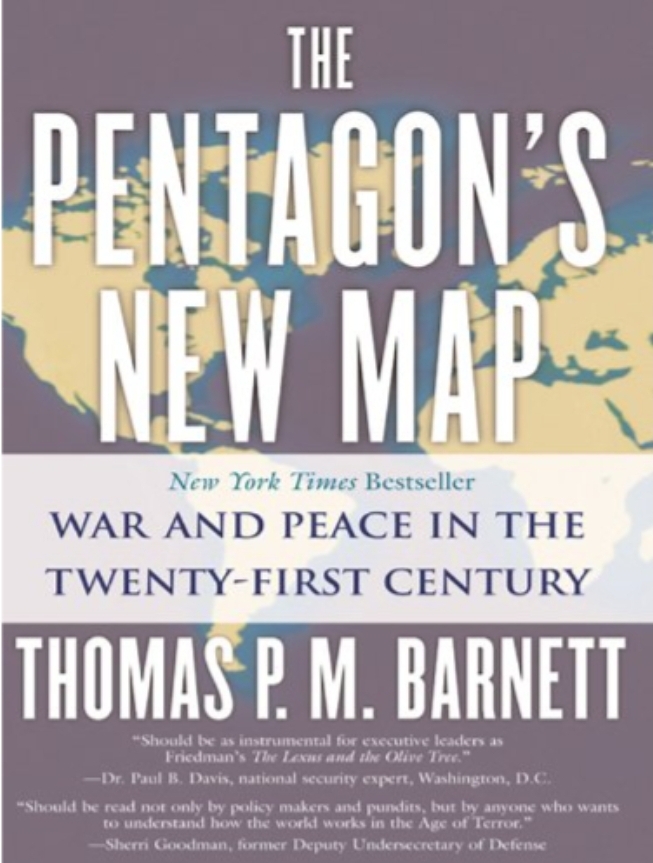






One Response
“Stabilize regions”? “Managing flows”? Yeah… “Leviathan” is the right word… definitely not liberty-oriented.